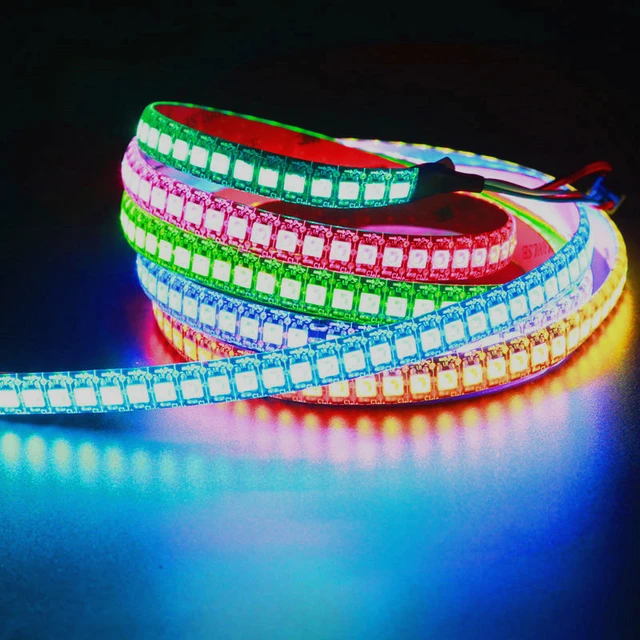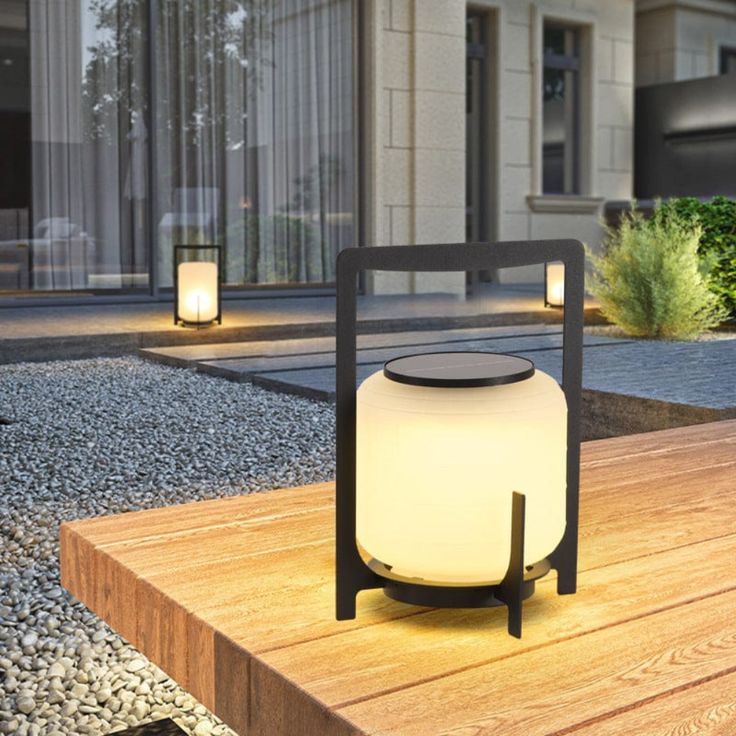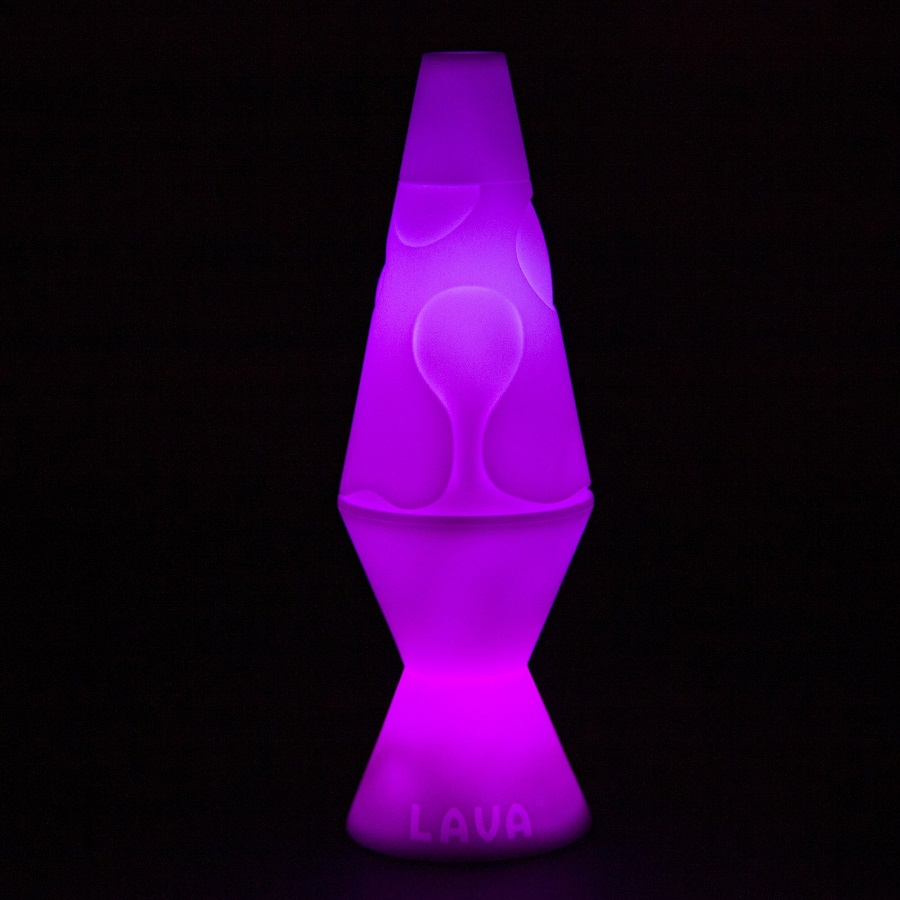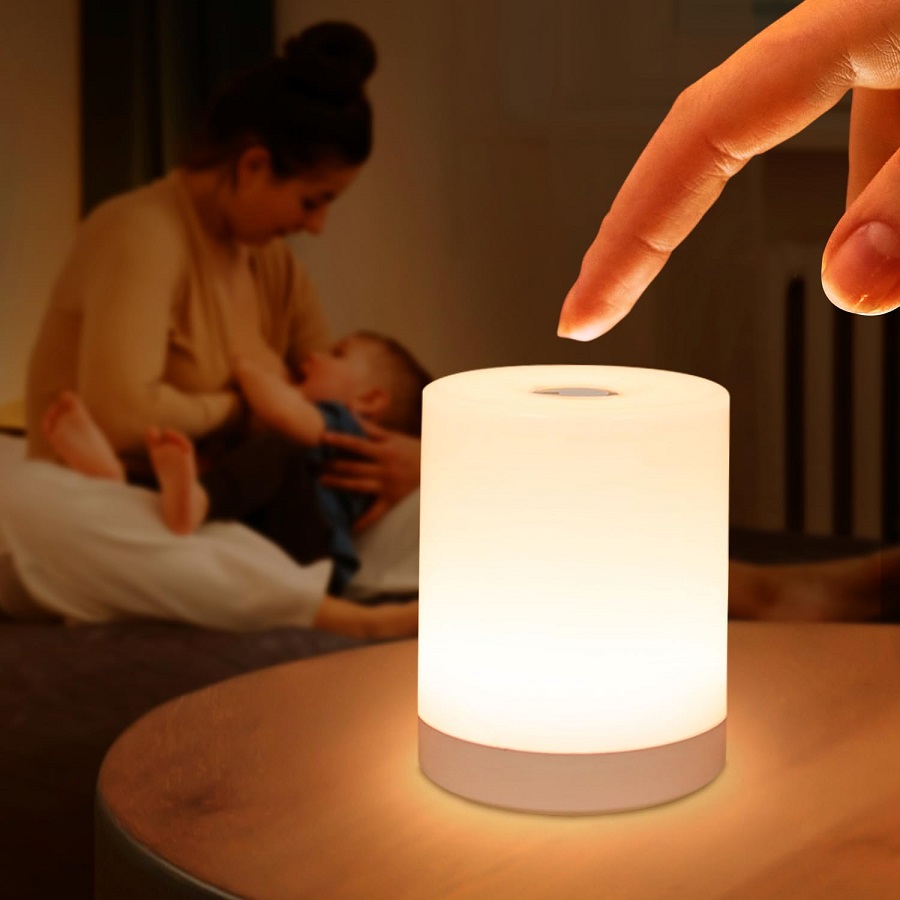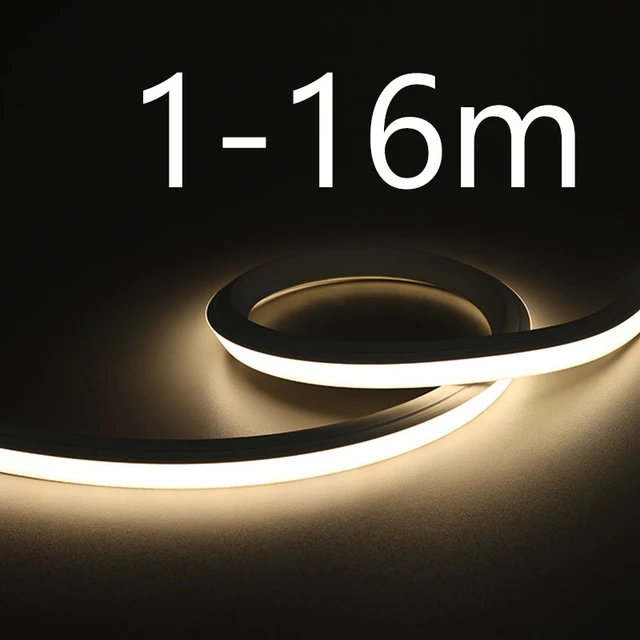 Introduction:
Introduction:
LED light strips are popular lighting solutions known for their versatility and energy efficiency. However, like any electronic device, LED light strips can encounter issues over time. Understanding how to troubleshoot and fix common problems with LED light strips is essential for maintaining their functionality. In this comprehensive guide, we will explore various troubleshooting techniques and solutions for how to fix led light strip. By familiarizing ourselves with these methods, individuals can confidently address issues and ensure the long-lasting performance of their LED light strips.
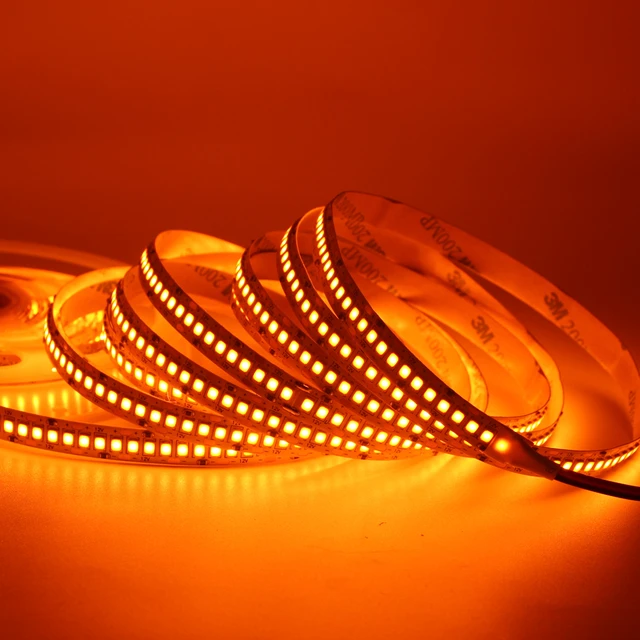 Some common types of LED light strips:
Some common types of LED light strips:
There are various types of LED light strips available, each offering specific features and applications. Here are some common types of LED light strips:
Flexible LED Light Strips:
These are the most common type of LED light strips, consisting of a flexible circuit board with embedded LED chips. They are versatile and can be easily bent and shaped to fit different surfaces or contours.
RGB LED Light Strips:
RGB (Red-Green-Blue) LED light strips allow for color-changing capabilities. They have individual LEDs that can produce a wide range of colors when used with a compatible controller. RGB LED light strips are popular for adding dynamic and customizable lighting effects.
White LED Light Strips:
White LED light strips are designed solely to emit white light. They come in different color temperatures, such as warm white (2700-3000K), cool white (6000-6500K), or daylight (4000-4500K). White LED light strips are commonly used for functional and general lighting purposes.
CCT Adjustable LED Light Strips:
These LED light strips offer the ability to adjust the color temperature, allowing you to switch between warm white and cool white lighting according to your preference. They provide flexibility in creating different lighting atmospheres.
High CRI LED Light Strips:
LED light strips with a high Color Rendering Index (CRI) accurately render colors, making them suitable for areas where color accuracy is important, such as retail stores or photography studios.
Waterproof LED Light Strips:
Water-resistant or fully waterproof LED light strips are designed to withstand exposure to moisture or water. They are ideal for outdoor applications or locations prone to humidity, such as bathrooms or kitchens.
Neon LED Light Strips:
Neon LED light strips mimic the appearance of traditional neon lights but with the energy efficiency and durability of LEDs. They offer a vibrant and retro aesthetic and are often used for signage, decorations, or architectural accents.
Digital LED Light Strips:
Digital LED light strips, also known as pixel LED light strips, allow for individual control over each LED chip. This enables the creation of intricate lighting effects, animations, and patterns through a compatible controller or programming software.
These are just a few examples of the types of LED light strips available. It’s important to consider factors such as color, brightness, control options, and compatibility with controllers or dimmers when choosing the right LED light strip for your specific needs and applications.
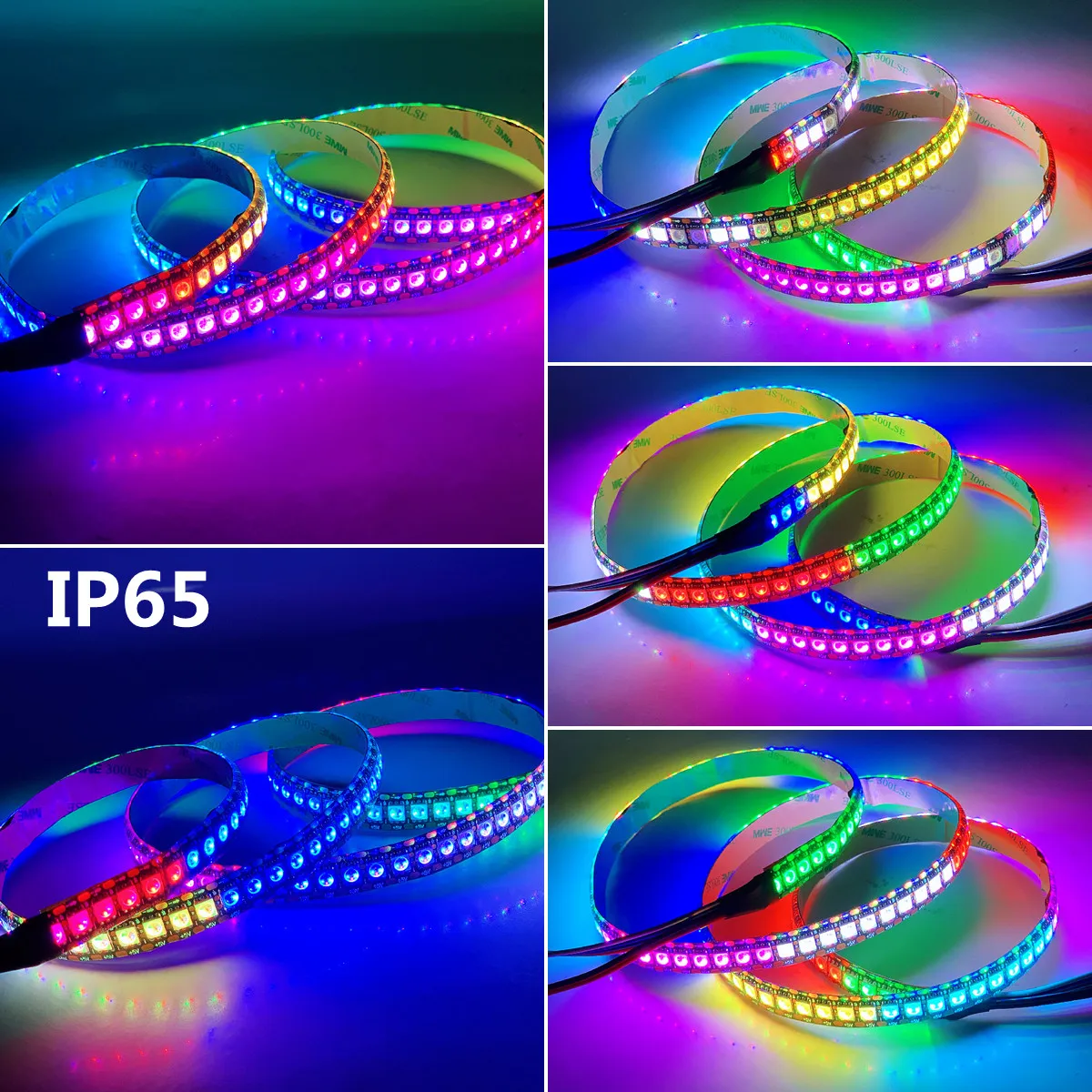 Basic Troubleshooting
Basic Troubleshooting
How to fix led light strip?
Check Power Supply:
Ensure the LED light strip is properly connected to a functioning power supply.
Confirm that the power source is providing the correct voltage and amperage for the LED strip.
Inspect Connections:
Examine the connections between the LED light strip, power supply, and controller, if applicable.
Look for loose or disconnected wires, ensuring all connections are secure.
Test with Different Power Source:
If possible, try connecting the LED light strip to a different power source to determine if the issue lies with the original power supply.
Section 2: Issues with Lighting Effect and Colors
Dim LED Lights:
Check the power supply to ensure it is providing the necessary voltage to the LED light strip.
Verify that the LED strip’s dimmer switch or controller, if applicable, is set correctly.
Flickering Lights:
Inspect the connections to ensure they are secure and not loose or corroded.
Check for damaged or faulty components, such as the power supply, controller, or individual LED bulbs.
Inconsistent Colors:
Confirm that the LED light strip is designed to display different colors.
If using an RGB strip, make sure the correct color sequence is selected on the controller or via the app, if applicable.
Mechanical and Physical Issues
Addressing Physical Damage:
Inspect the LED light strip for any physical damage, such as broken or detached LED bulbs.
Replace damaged sections or individual LEDs, if possible.
Fixing Loose Adhesive:
If the adhesive backing on the LED light strip becomes loose, use additional adhesive or clips to secure it in place.
Clean the surface where the LED strip is mounted to ensure proper adhesion.
Advanced Troubleshooting
Resolving Wiring Issues:
Check the wiring for any breaks or damage.
Repair or replace any damaged sections, ensuring proper connectivity between components.
Resetting or Updating the Controller:
If using a controller for the LED light strip, try resetting it to default settings or updating its firmware, if applicable.
Refer to the manufacturer’s instructions for specific procedures.
Seeking Professional Assistance
Warranty Coverage:
If the LED light strip is still under warranty, consider contacting the manufacturer for assistance or a possible replacement.
Follow the warranty guidelines and procedures provided by the manufacturer.
Consult an Electrician or Technician:
If all troubleshooting methods fail or if the issue appears to be beyond DIY repair, it may be necessary to consult with a licensed electrician or LED lighting technician for professional assistance.
 Some important considerations to keep in mind:
Some important considerations to keep in mind:
When it comes to repairing and replacing LED light strips, it’s essential to exercise caution and follow proper guidelines. Here are some important considerations to keep in mind:
Safety First:
Prioritize safety by disconnecting the power supply before attempting any repairs or replacements. This prevents the risk of electric shock or damage to the LED light strips.
Troubleshooting:
Check for loose connections, damaged wiring, or issues with the power supply. Sometimes, a simple fix can resolve the problem without requiring a replacement.
Replacement Parts:
Choose LED light strips that match the specifications (voltage, color temperature, size, etc.) of the original strip to maintain compatibility and optimal performance.
Proper Installation:
Follow the manufacturer’s instructions closely when installing the replacement LED light strip. Pay attention to proper wiring, connecting the strip securely, and mounting it correctly. Mishandling or improper installation can lead to functionality issues or damage to the replacement strip.
Quality Assurance:
Invest in high-quality LED light strips for better durability and performance. Reputable brands often offer warranties that can provide peace of mind and support if any issues arise.
Regular Maintenance:
To extend the lifespan and maintain optimal performance, incorporate regular maintenance practices. This includes cleaning the LED light strips as per the manufacturer’s instructions, checking for loose connections, and ensuring proper ventilation to prevent overheating.
Seek Professional Help:
If you’re unsure about repairing or replacing LED light strips on your own, or if the issue appears to be more complex, it is advisable to seek assistance from a professional electrician or the manufacturer’s customer support.
Remember, working with electrical components requires careful handling and adherence to safety measures. If you’re uncomfortable or inexperienced, it’s best to enlist the help of a professional to ensure a safe and effective repair or replacement process for your LED light strips.
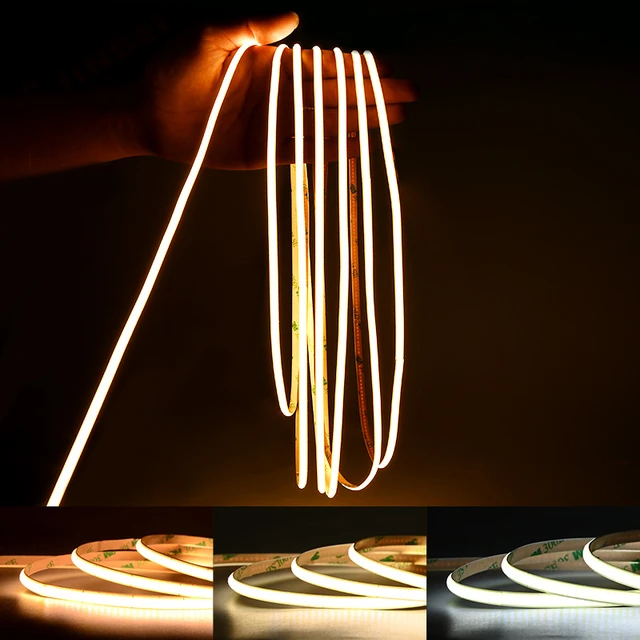 Conclusion:
Conclusion:
Knowing how to fix common issues with LED light strips is crucial for maintaining their functionality and ensuring long-term performance. By following the troubleshooting techniques and solutions shared in this comprehensive guide, individuals can confidently address problems and enjoy the benefits of LED lighting. Whether it’s basic troubleshooting, fixing lighting effect issues, addressing mechanical damage, or seeking advanced troubleshooting methods, there are various approaches to fixing LED light strips. Embrace the knowledge shared in this guide to effectively troubleshoot and repair LED light strips, prolonging their lifespan and enhancing the lighting experience.
